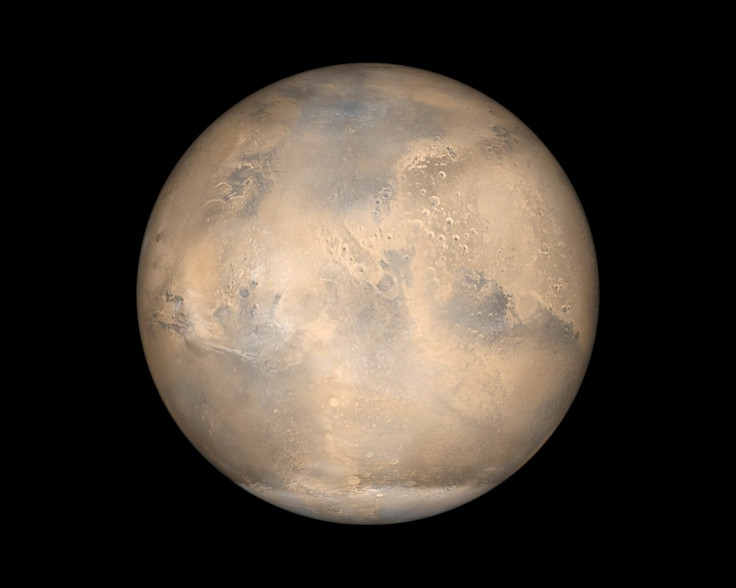Nasa's Quest for Extraterrestrial Intelligence: 'Finding Life Beyond Earth is Within Reach'

Nasa has outlined the agency's next moves towards finding life beyond Earth, an ongoing journey that involves a number of current and future telescopes.
Speaking at a public talk held at Nasa headquarters in Washington, experts from the space agency and its partner institutions added that finding intelligence outside our planet is within reach.
"Sometime in the near future, people will be able to point to a star and say, 'that star has a planet like Earth'," said Sara Seager, professor of planetary science and physics at the Massachusetts Institute of Technology in Cambridge. "Astronomers think it is very likely that every single star in our Milky Way galaxy has at least one planet."
Nasa's quest to study planetary systems around other stars started with ground-based observatories, then moved to space-based assets like the Hubble Space Telescope, the Spitzer Space Telescope, and the Kepler Space Telescope.
Today's telescopes can look at many stars and tell if they have one or more orbiting planets or if they are the right distance away from the star to have liquid water, the key ingredient to life as we know it.
Nasa will continue with the launch of the Transiting Exoplanet Surveying Satellite (TESS) in 2017, the James Webb Space Telescope (Webb Telescope) in 2018, and perhaps the proposed Wide Field Infrared Survey Telescope - Astrophysics Focused Telescope Assets (WFIRST-AFTA) early in the next decade.
These upcoming telescopes will find and characterise a host of new exoplanets, planets that orbit other stars, expanding our knowledge of their atmospheres and diversity.
The Webb telescope and WFIRST-AFTA will lay the groundwork for future missions, which will extend the search for oceans in the form of atmospheric water vapour and for life as in carbon dioxide and other atmospheric chemicals, on nearby planets similar to Earth in size and mass.
"The James Webb Space Telescope and the next advances are happening now. These are not dreams -- this is what we do at Nasa," said John Grunsfeld, astronaut and associate administrator for Nasa's Science Mission Directorate.
Since its launch in 2009, Kepler has dramatically changed what we know about exoplanets, finding most of the more than 5,000 potential exoplanets, of which more than 1,700 have been confirmed.
Kepler also found the first Earth-size planet to orbit in the "habitable zone" of a star, the region where liquid water can pool on the surface.
"What we didn't know five years ago is that perhaps 10 to 20 percent of stars around us have Earth-size planets in the habitable zone," says Matt Mountain, director and Webb telescope scientist at the Space Telescope Science Institute in Baltimore.
"It's within our grasp to pull off a discovery that will change the world forever. It is going to take a continuing partnership between NASA, science, technology, the U.S. and international space endeavours to build the next bridge to humanity's future."
"Imagine the moment when the world wakes up and the human race realises that its long loneliness in time and space may be over -- the possibility we're no longer alone in the universe," explained Mountain.
© Copyright IBTimes 2025. All rights reserved.






















